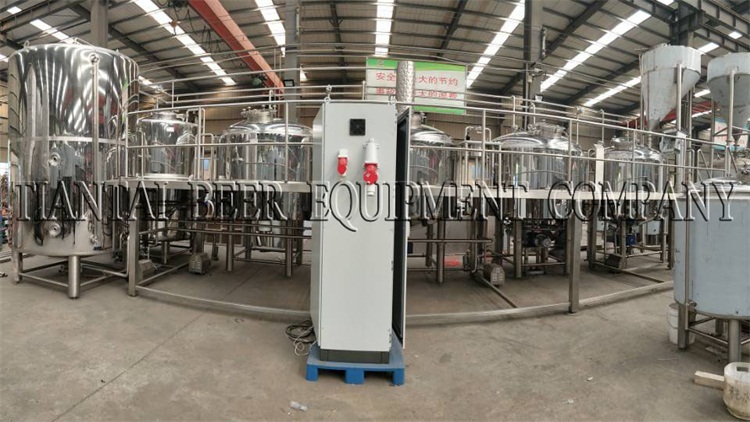Selecting equipment for new pubs and micros
Q: I am on the verge of realizing a dream – my own pub brewery. I have found a good location, written a business plan, and raised the money. Now I need to decide on a brewing system. I have quotes from several suppliers, but it’s hard to compare them. The companies don’t even agree about what size tanks I need! How do I decide who to believe?
There are so many things to decide. One company will sell a steam or direct-fire system for the same price. Everybody else is pushing direct fire, because they say it’s cheaper. One company is telling me to use Grundy tanks for serving tanks. The salesman for another company says they’re ugly and don’t work. I need some impartial advice.

Answer: If you’re looking for impartial advice, you’ve come to the wrong place. Anybody who has worked in a microbrewery or a brewpub has a particular set of experiences that color his or her viewpoint. In any case, I can’t possibly advise you on your specific needs without getting a lot more information about your project. But I can tell you what your options are.
First, you can go on a fact finding mission to pub breweries that have systems built by each of the fabricators you are talking to. I suggest at least three different breweries for each supplier. Don’t just call them on the phone. You need to actually go there, taste the beer, look at the equipment, then talk to the brewer(s). All these steps are necessary. After you have listened to a couple of dozen brewers, you will have a much better perspective on the issues you have to decide.
Second, you can hire an independent designer/consultant. Some of these people have extensive experience and will be able to steer you away from many pitfalls.
For the rest, here are some observations on the specific points you raised.

System sizing: System sizing obviously depends on how big your brewpub is. The smaller the system, the more hours of labor are required to make each barrel of beer.
On the other hand, there are limits. Because you always want your beer to be fresh, you have to brew each type of beer frequently – at least every four weeks – so the beer being served to the public is at its peak.
So, first you have to decide how many styles of beer you are going to have on tap at any given time. Then you have to guess how much beer you will be selling and what the sales percentage of the slowest beer will be.
On the other hand, places that sell only a few styles at a time are better off with a larger brew length and fewer, but larger, fermentors and serving vessels.
Steam vs. direct fire: No question, steam is best. It gives a more even heat, and it subjects the kettle to fewer stresses. These advantages stem from the fact that steam is not nearly as hot as a gas flame.
Regarding price, there is less difference between the cost of comparable steam and direct-fire systems (kettle plus heat source) than you might think.
Thanks for reading.
Amy Chen
Sales manager
[email protected]




.jpg)

Get In Touch